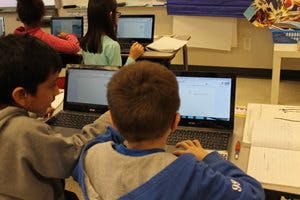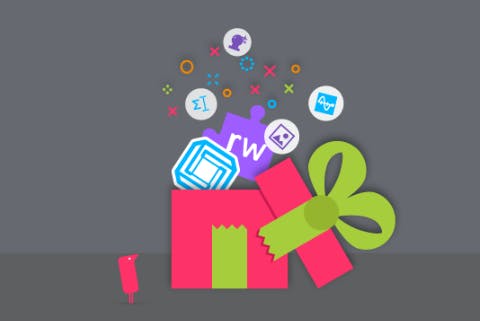Personalised Learning: Tailoring Lessons for Every Learning Style
Personalised Learning has been a much discussed topic in education for the last few years. The term is everywhere. And it’s very persuasive. It hopes to address learner variability and to make education more accessible for different learners. But, there’s nothing new about personalised learning, either as an aspiration or a practice. It’s an approach that’s as old as the hills.
Over the last couple of years, it has become well recognised by educators in the US that Universal Design for Learning (UDL) is the perfect pedagogical approach that truly supports the idea of Personalised Learning.
“Universal Design for Learning (UDL) is a framework to improve and optimise teaching and learning for all people based on scientific insights into how humans learn.” (www.cast.org)
You can determine each learner’s needs by using the principles of UDL to understand their strengths, challenges, aptitudes, interests, talents and aspirations. UDL has often been connected to special educational needs, but it is a framework that applies to ALL learners who have variability in their learning. UDL helps teachers understand all the learners in their classroom. Every student brings something different, and has different strengths.
As UDL tells us, when we are designing for student variability it is important to provide them with a few ways to demonstrate their knowledge, and keep the lesson or content interesting for everyone. New technologies have revolutionised how students learn and allow for that multiple means of expression. Portable, personal laptops like Chromebooks or Surface Pros with stylus & touch interfaces, great computing power, and cloud connectivity make it possible to tailor learning to personal interests and needs, even allowing for 1:1 initiatives where each student has their own device to support their learning.
In the past few years students can now turn in homeworks that include photos, video, audio, animations, interactive graphics, smart maps and presentations.
Having and using technology in teaching and learning isn’t enough though. Making the most of technology requires a methodical and principled approach, one that turns the aspirations of personalised learning into an effective practice of personalised learning. Universal Design for Learning makes that practice possible.
Providing the tools, diverse activities and scaffolded content to meet each learner’s unique needs can feel daunting. It’s important to start small with one new practice or strategy and then build on that.
There are a number of tools that teachers can explore that can help to address learner variability, here are just a couple of examples:
- Collaborate - some days we work better together. Get students to work together on Google Slides or Microsoft Powerpoint. Maybe one on content, and one on design if that is where their strengths lie.
- Sketchnoting - where students can adopt visual note taking to support information recall and build understanding. The new stylus and touch devices are great for this.
- Some students are shy - use the comments stream inside Google Docs or Word to converse with the student privately.
- Audio recording - Kids can practice and demonstrate oral reading fluency by attaching an audio recording to a turned in homework. .
- Text-to-Speech - where students may feel more comfortable hearing passages of text read aloud
Personalising instruction and the use of technology in the classroom does not mean there is less of a place for teacher-led instruction. It also doesn’t mean that teachers need to spend endless time after school each day creating an individualised lesson for each and every student in the class. It’s all about meeting students in the spaces where they are and helping them grow by providing diverse ways for them to engage in learning, process content, and show their understanding.
Every child’s different, with their own star qualities, strengths, challenges and learning styles. Their needs are vast, and there are a multitude of ways teachers can meet those needs effectively in class as well as for independent study and learning at home.
Read&Write, our literacy support tool, and EquatIO, our digital STEM solution, both support personalised learning. Sign up for your FREE teacher accounts for both products to start exploring how they can help you address learner variability in your classrooms!



